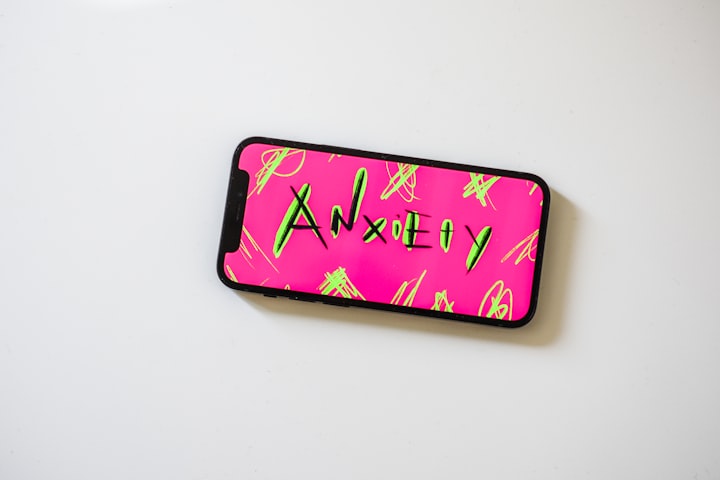Anxiety and depression in Children.
How to recognize anxiety and depression in children.
As children, we have fears and worries and may feel sad and hopeless from time to time. Strong fears may appear at different times during development. For example, toddlers are often very distressed about being away from their parents, even if they are safe and cared for. Although fears and worries are typical in children, persistent or extreme forms of fear and sadness could be due to anxiety or depression. Because the symptoms primarily involve thoughts and feelings, they are sometimes called internalizing disorders.
Anxiety
When a child does not outgrow the fears and worries that are typical in young children, or when there are so many fears and worries that interfere with school, home, or play activities, the child may be diagnosed with an anxiety disorder.
Examples of different types of anxiety disorders include:
- Being very afraid when away from parents (separation anxiety)
- Having extreme fear about a specific thing or situation, such as dogs, insects, or going to the doctor (phobias)
- Being very afraid of school and other places where there are people (social anxiety)
- Being very worried about the future and about bad things happening (general anxiety)
- Having repeated episodes of sudden, unexpected, intense fear that come with symptoms like heart pounding, having trouble breathing, or feeling dizzy, shaky, or sweaty (panic disorder)
- Anxiety may present as fear or worry, but can also make a child irritable and angry. Anxiety symptoms can also include trouble sleeping, as well as physical symptoms like fatigue, headaches, or stomachaches. Some anxious children keep their worries to themselves and, thus, the symptoms can be missed.
Depression
Occasionally being sad or feeling hopeless is a part of everyone's life. However, some children feel sad or uninterested in things that they used to enjoy, or feel helpless or hopeless in situations they are able to change. When they feel persistent sadness and hopelessness, they may be diagnosed with depression.
Examples of behaviors often seen in children with depression include:
- Feeling sad, hopeless, or irritable a lot of the time
- Not wanting to do or enjoy doing fun things
- Showing changes in eating patterns – eating a lot more or a lot less than usual
- Showing changes in sleep patterns – sleeping a lot more or a lot less than normal
- Showing changes in energy – being tired and sluggish or tense and restless a lot of the time
- Having a hard time paying attention
- Feeling worthless, useless, or guilty
- Showing self-injury and self-destructive behavior
- Extreme depression can lead a child (usually teens) to think about suicide or plan for suicide.
Some children may not talk about their helpless and hopeless thoughts, and may not appear sad. Also cause children to make trouble or act unmotivated, causing others not to notice that they are depressed or to incorrectly label them as trouble-maker or lazy.
Diagnosed
If you think your child is showing signs of depression or anxiety, talk to a healthcare provider. Start with your child’s pediatrician. Your pediatrician may refer you to a mental health professional for a more detailed evaluation.
A healthcare provider will likely start by ruling out conditions that may be causing your child’s mood issues. Illnesses known to cause symptoms of depression include:
- Anemia.
- Concussion.
- Diabetes.
- Epilepsy.
- Hypothyroidism or hyperthyroidism.
- Mononucleosis.
- Vitamin D deficiency.
There are no tests to diagnose depression. A mental health evaluation should include interviews with you (the parents) and your child. Information from teachers, friends, and classmates can also shed light on your child’s mood and behavior changes.
MANAGEMENT AND TREATMENT
Treatment options for children with depression are like those for adults. Your child’s healthcare provider may recommend psychotherapy (counseling), and medication.
About the Creator
Pearl E. White
All things Biology, Psychology, and Artificial Intelligence.







Comments
There are no comments for this story
Be the first to respond and start the conversation.